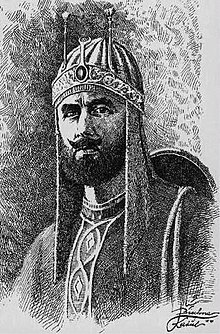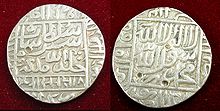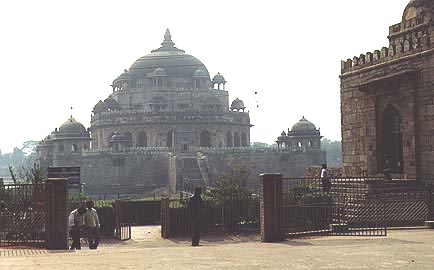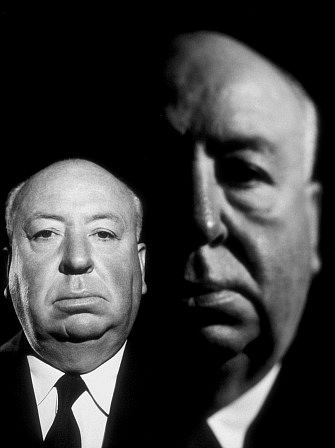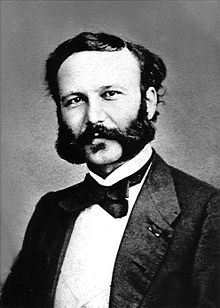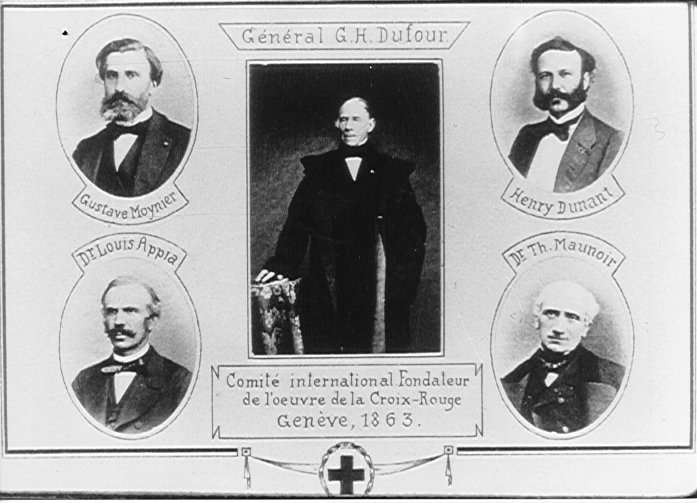1 A Movie base on oldest organization in USA
2 Society of handicapped
3 Village of anemic patient
4 Painting of ill women
Ans : 1

Derek Humphry founded the Hemlock Society, USA, in 1975.

With a star-studded turnout,
comprising the whose-who of Tollywood, ace director Srijit
Mukherjee's new film Hemlock Society, having a theme of
suicide workshop but in effect celebrating life over death,
was premiered at a city plex
Hemlock Society tells the story of a man who runs a workshop where lessons are given on how to commit suicide successfully, his tryst with a self-obsessed girl. The workshop has on its roll professors who demonstrate fail-safe methods in committing suicide.
The idea was derived from an organisation promoting suicide in US in the 80s.
The Hemlock Society in the United States has been in existence for 17 years and has an estimated 25,000 members. It is the oldest organization of its kind on this continent and therefore deserves special attention in regard to just what its leaders have been advocating in regard to euthanasia - as it turns out, the words and actions of Hemlock leaders often indicate a more radical agenda than the public stance of the organization itself.)
Dori Zook, Hemlock Society public relations director, has claimed on this list that Hemlock supports legalization of physician- assisted death only in cases of terminal illness. And Hemlock's website asserts that the Society favors physician-assisted suicide strictly for someone "who is already in the dying process." But there is a glaring discrepancy between this official stance and what prominent members of Hemlock have said and done.
For example, there is this little gem from Hemlock co-founder Derek Humphry's book, Final Exit:
- "What can those of us who sympathize with a justified
suicide by a handicapped person do to help? When we have statutes on
the books permitting lawful physician aid-in-dying for the terminally
ill, I believe that along with this reform there will come a more
tolerant attitude to the other exceptional cases."
Bouvia's lawyers, led by Richard Scott, another co-founder of Hemlock, distorted the nature of her disability, likening her to a terminal patient. "Were Plaintiff Bouvia an 84-year-old woman whose life was prolonged solely by various tubes and numerous machines," they argued in the Riverside Superior Court, "and she sought to end such an existence, it is doubtful that this Court would even be involved....Plaintiff should not be denied that same right merely because she is 26 years of age and does not yet require a machine or machines (other than her wheelchair) to prolong her pitiful existence." Plaintiff's Memorandum, Bouvia v. Riverside County, 14.
A wheelchair is not a life-prolonging machine, nor will Bouvia's cerebral palsy ever require her to use such machines. Advocates of assisted suicide prejudicially twist the facts of disability to make their case.
Bouvia had been through a series of devastating ordeals in the two years preceding her request for help in ending her life: The graduate program in social work at San Diego State University violated her federally protected civil rights. Reportedly, one of her professors told her she was unemployable and that if they had known just how handicapped she was, they would never have admitted her to the program. So Bouvia dropped out of school, and the state Dept. of Rehabilitation repossessed her wheelchair-lift-equipped van. (Instead of urging her to fight this discrimination, Richard Scott declared publicly: "Quadriplegics cannot work.")
Meanwhile, she married and kept her marriage secret from social- welfare authorities in order not to run afoul of the "marriage disincentives" that would have cost her her essential financial aid. She got pregnant, had a miscarriage, separated from her husband, decide to divorce him, and learned that her brother had drowned and that her mother had cancer.
At this point, Bouvia checked herself into the psychiatric unit of Riverside County Hospital and said she wanted help to die.
Scott brought in a doctor, a psychiatrist, and an educational, (not a clinical), psychologist to evaluate Bouvia. Bouvia reported to them the emotionally devastating experiences of the preceding two years. She also said she wanted to die because of her disability. Ignoring all of the emotional blows and discrimination, they concluded that because of her physical condition she would never be able to achieve her life goals, that her disability was the sole reason she wanted to die, and that her decision for death was reasonable. The psychologist was Faye Girsh, the current president of the National Hemlock Society.
More recently, there is this from Janet Good, past president and founder of the Michigan Hemlock. Good has also attained some notoriety by collaborating with Jack Kevorkian in ending the lives of some individuals with nonterminal disabilities.
- Washington Post, August 11, 1996: "Pain
is not the main reason we want to die. It's the indignity. It's the
inability to get out of bed or get onto the toilet, let alone drive a
car or go shopping without another's help. I can speak for literally
hundreds of people whose bedside I've sat at over the years. Every
client I've talked to - I call them 'clients' because I'm not a
medical professional - they've had enough when they can't go to the
bathroom by themselves. Most of them say, 'I can't stand my mother - my
husband - wiping my butt.' That's why everybody in the movement talks
about dignity. People have their pride. They want to be in charge."
Have we really gotten to the point in this country that we will sanction and abet the suicides of people because they can't wipe their own behinds? people who have internalized society's contempt as self-hatred? That Janet Good thinks this justifies facilitating suicides shows what little progress we have made in rooting out disability prejudice.
Ms Good's colleague, Jack Kevorkian, openly expresses even greater contempt for sick and disabled people. He sees us as a drain on society. He told a Michigan Court in August 1990: "The voluntary self-elimination of individual and (sic) mortally diseased and crippled lives taken collectively can only enhance the preservation of public health and welfare."
If Hemlock's leaders really oppose prejudice against people with disabilities, they must publicly denounce Jack Kevorkian's bigotry.
The statements and actions noted above are neither stray, nor taken out of context. RTD leaders, time after time, have demonstrated the same willingness to promote this final "solution" to the problems of people with disabilities. Taken together, these words and deeds mark a clear and consistent pattern of promoting assisted suicide for people with disabilities.
Why, then do RTD leaders now claim to advocate a narrower application of assisted suicide? Perhaps they tailor their message depending on the immediate political climate and who they think is listening.
And one thing more. For the benefit of any RTD advocates reading this, we're not "paranoid." We just pay attention to what your leaders say and do. How come you haven't?




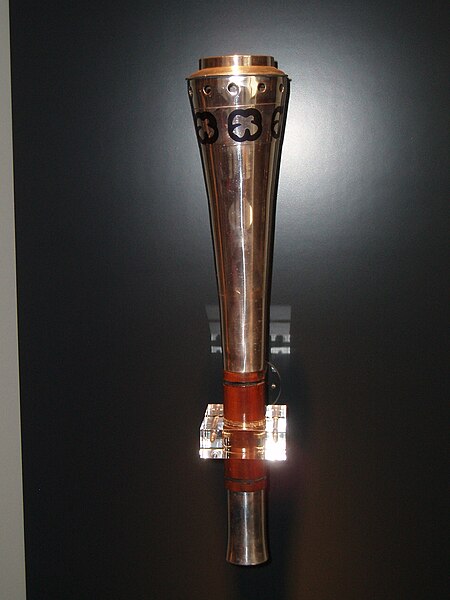

 A new brand of billionaire Bride
A new brand of billionaire Bride



